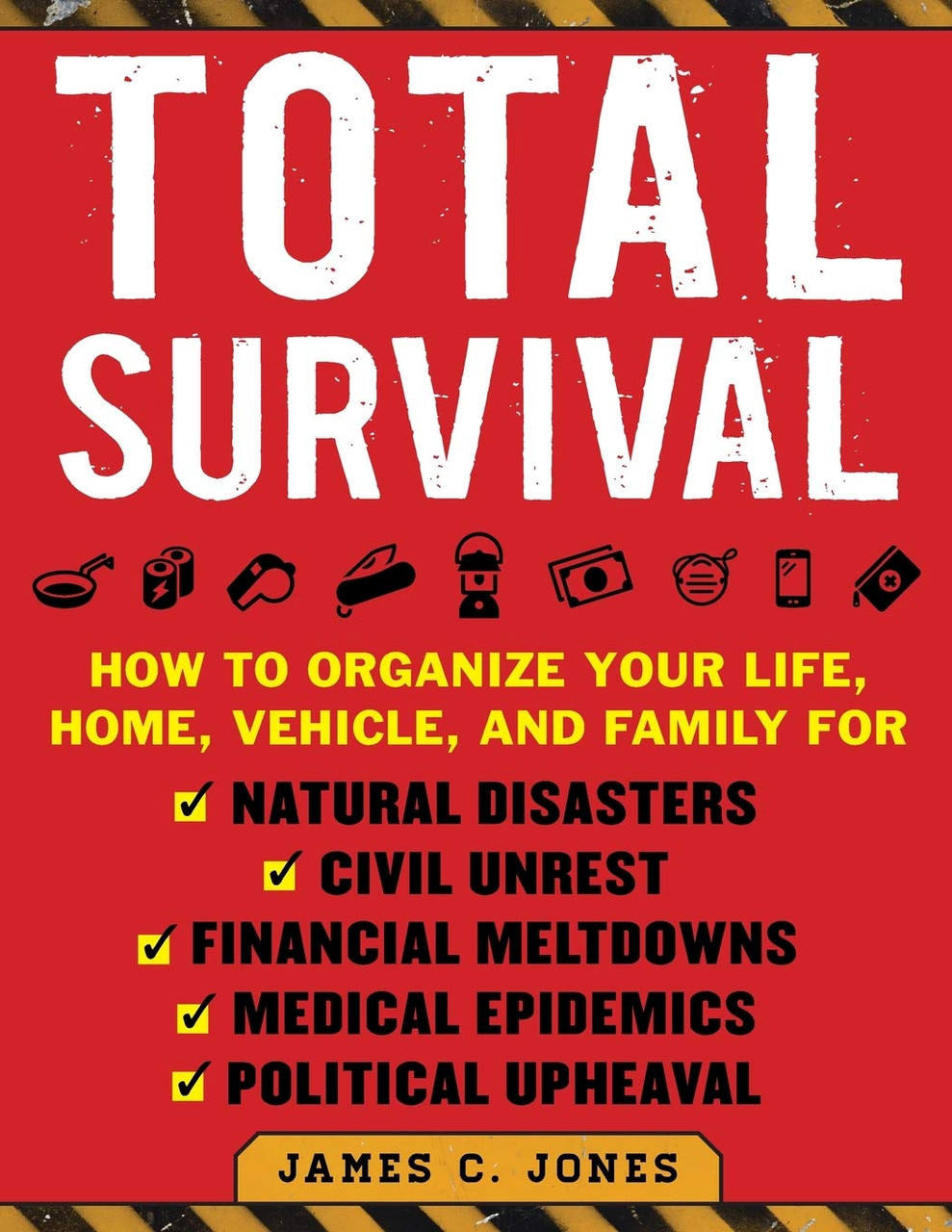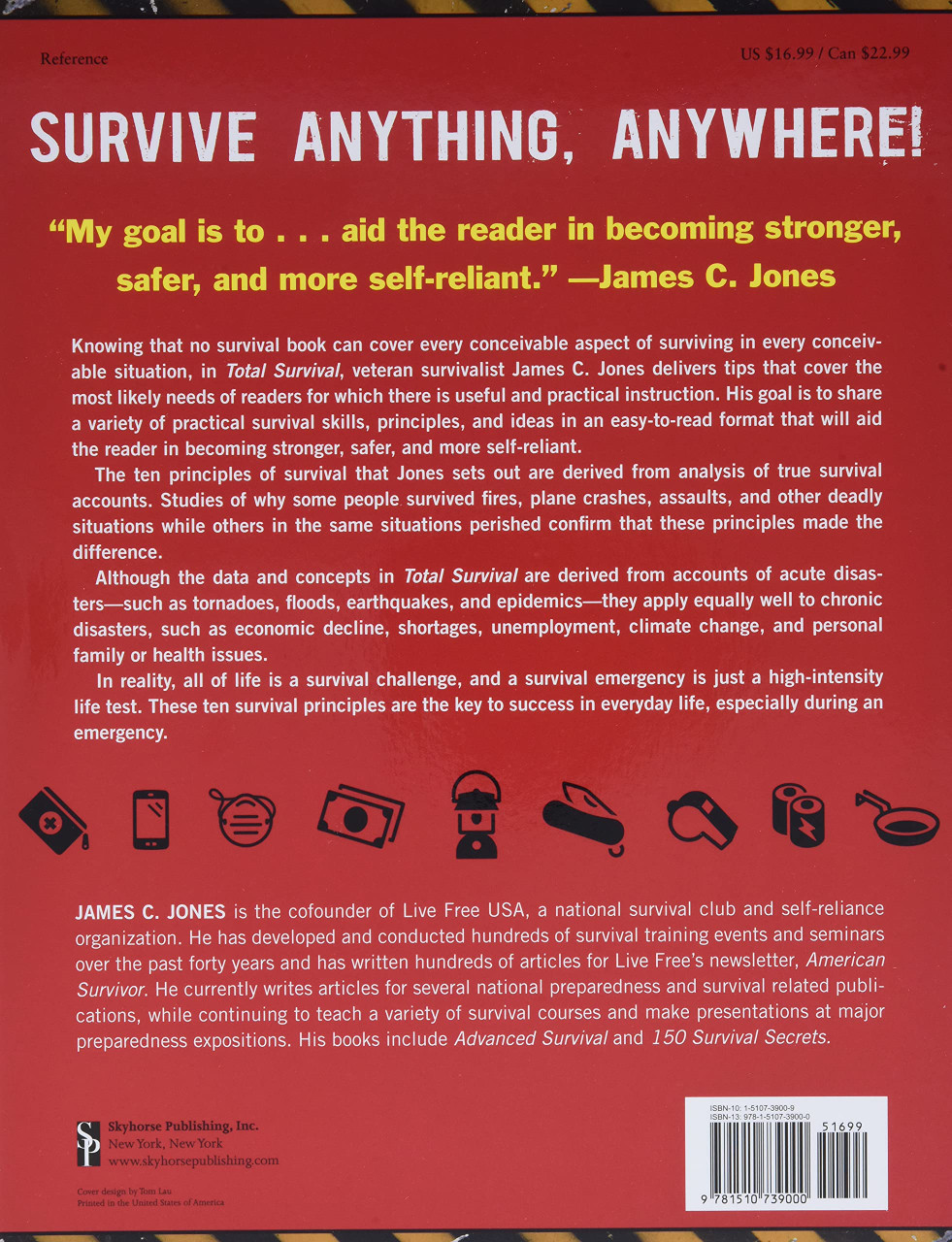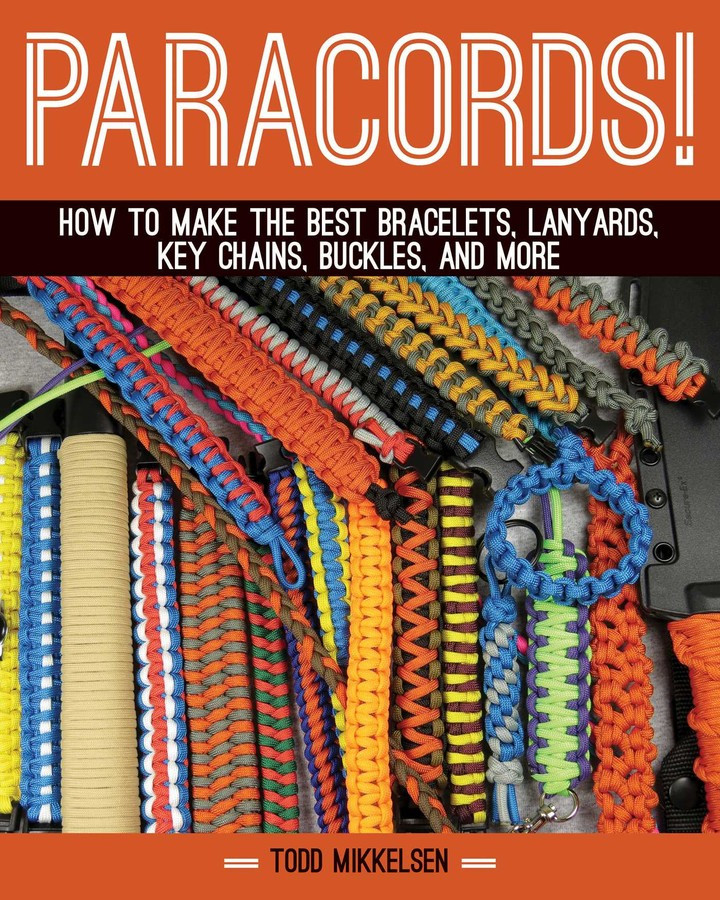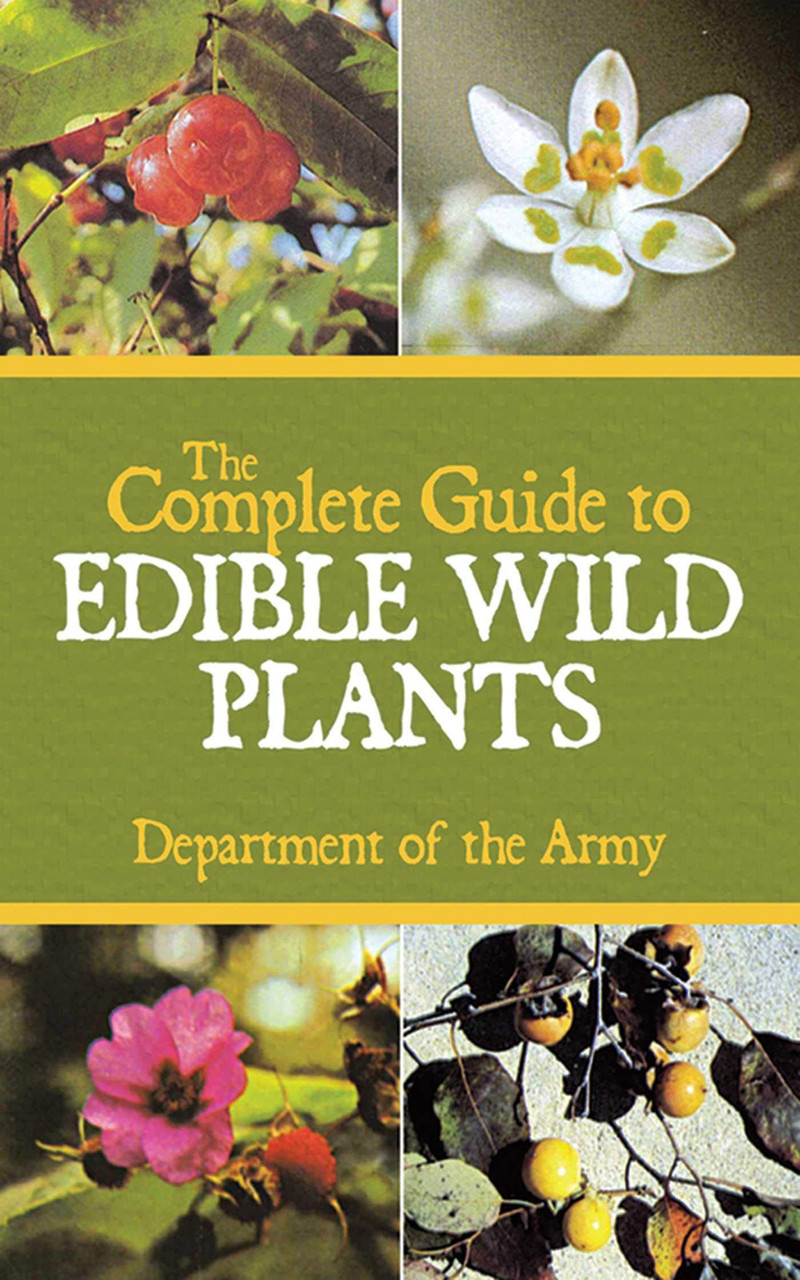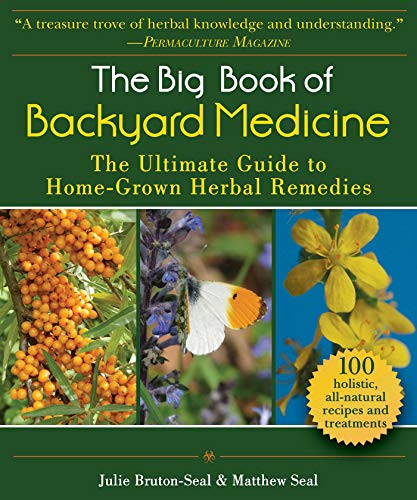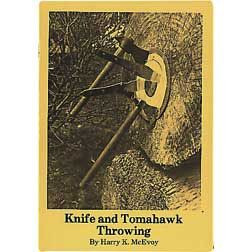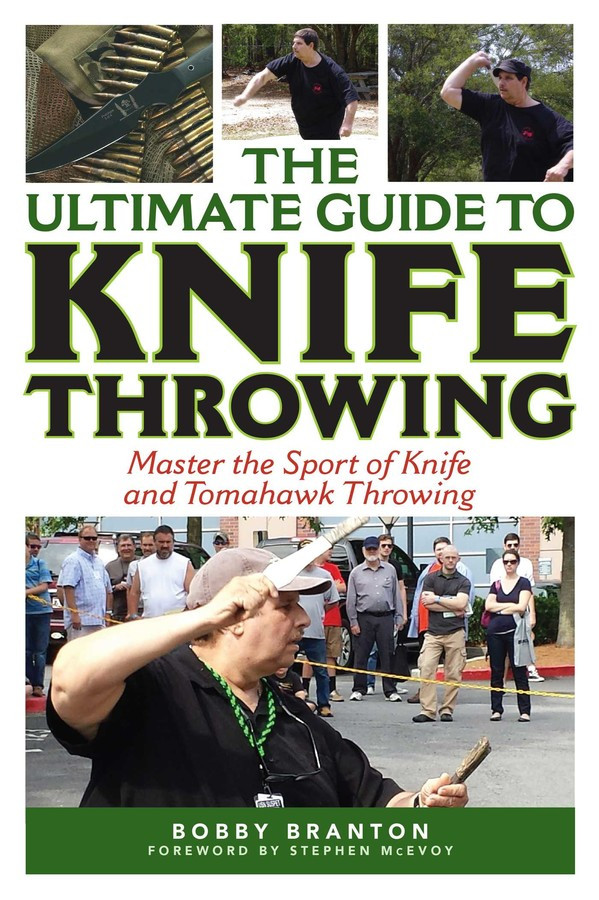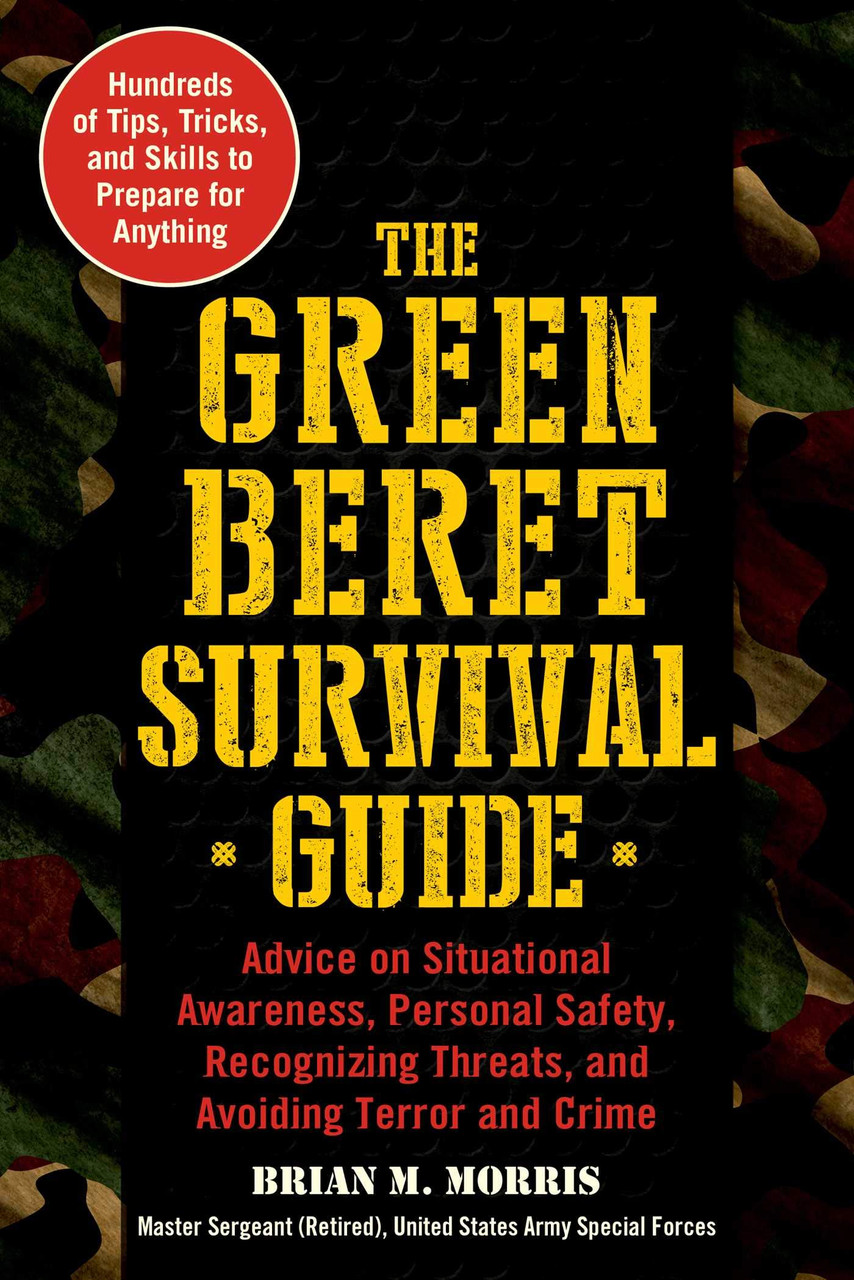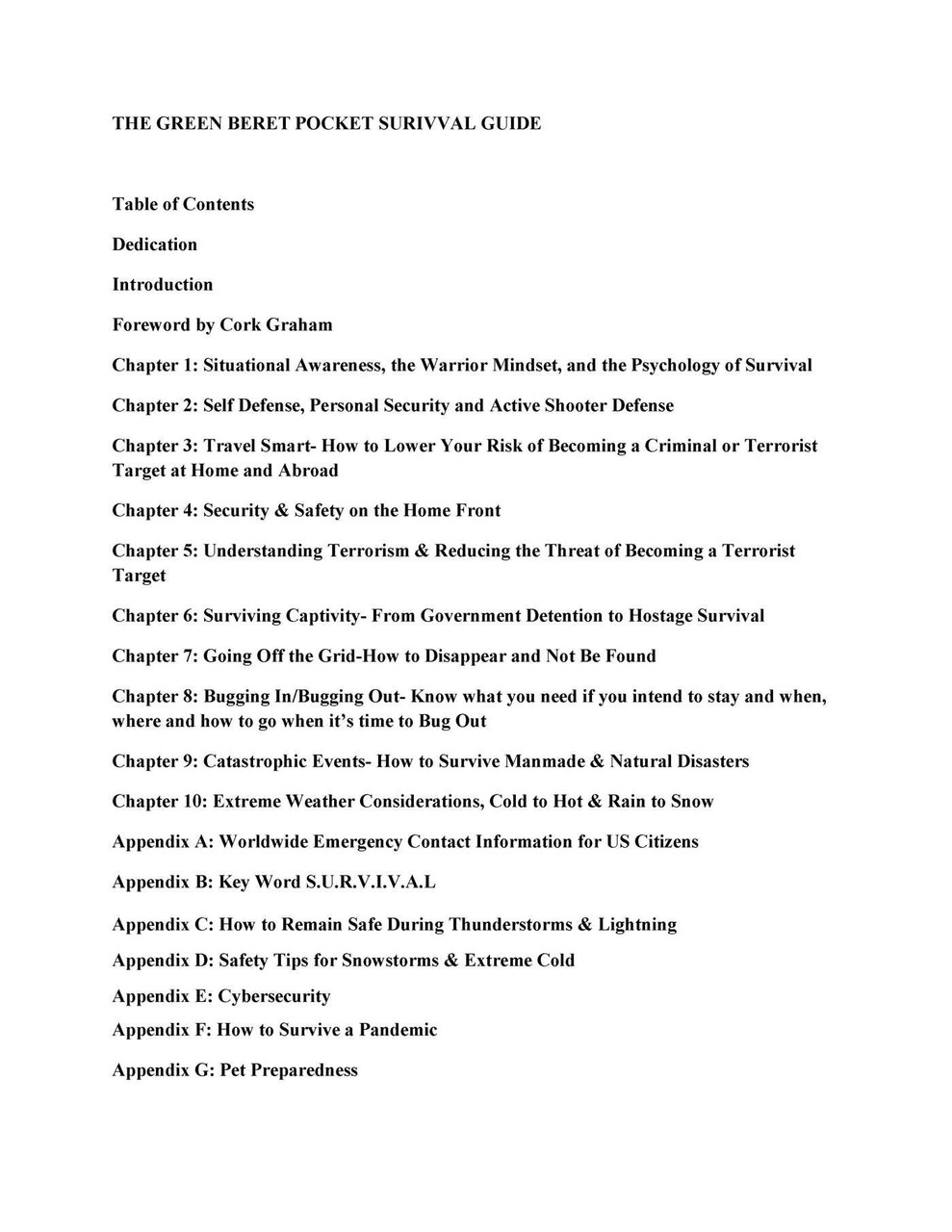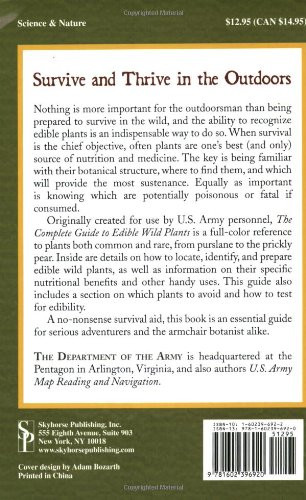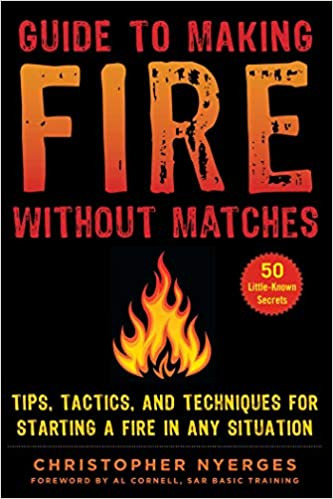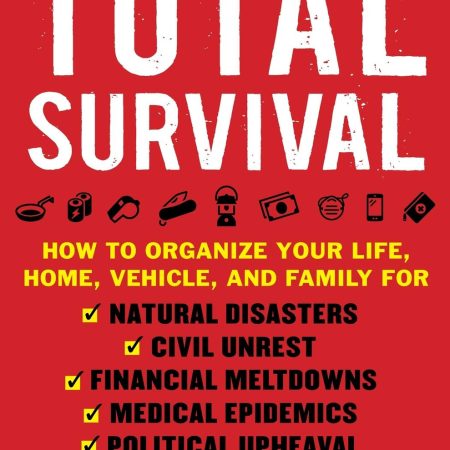| Content | In Total Survival, veteran survivalist James C. Jones delivers tips that cover the most likely needs of readers and for which there is useful and practical instruction. His goal is to share a variety of practical survival skills, principles, and ideas in an easy-to read format that will aid the reader in becoming stronger, safer, and more self-reliant.
The ten principles of survival that Jones sets out are derived from analysis of true survival accounts. Studies of why some people survived fires, plane crashes, assaults, and other deadly situations while others in the same situations perished confirm that these principles made the difference. His table of contents includes:
- 1: Ten Principles of Survival (including Anticipate and Stay Calm)
- 2: Ten Disasters to Prepare For (including Home Fire While Asleep and Home Invasion by Intruder).
- 3: Ten Items for the Prepared Home (including Emergency Plans and Packs)
- 4: Ten Items You Should Always Carry (including a Miniature LED flashlight and a Whistle)
- 5: Ten Things You Should Have in Your Survival Pack(s) (including Water and Weapons)
- 6: Ten Ways to Avoid and Survive Street Crime (including Carjacking and Active Shooter)
- 7: Ten Self-Defense Moves You Should Know (including Front Choke Counter and Handgun Defenses)
- 8: Ten Medical Skills You Should Know (including Cardiac Arrest and Shock)
- 9: Ten Ways to Gather and Purify Water (including Boiling Water and Distillation)
- 10: Ten Ways to Gather and Store Food (including Foraging and Trapping)
- 11: Ten Ways to Start and Maintain a Fire (including Fire by Flit and Steel and Fire by Solar Heat
- 12: Ten Shelters You Should Know How to Build (including Fallout Shelters and Snow Shelters)
- 13: Terrorism
Although the data and concepts in Total Survival are derived from accounts of acute disasters—such as tornadoes, floods, earthquakes, and epidemics—they apply equally well to chronic disasters, such as economic decline, shortages, unemployment, climate change, and personal family or health issues.
In reality, all of life is a survival challenge, and a survival emergency is just a high-intensity life test. These ten survival principles are the key to success in everyday life, especially during an emergency.
| In Paracord!, you'll find step-by-step instructions to take you through every project. Each step is accompanied by a color photo that clearly illustrates the process.
Todd Mikkelsen's Paracord! offers a diverse collection of projects that utilize parachute cords—known around the world as paracord. Used by paratroopers and other military personnel during World War II, this lightweight nylon rope is now one of the most sought-after materials by crafters. Its durability and flexibility make it perfect for creating everyday accessories such as belts, bracelets, buckles, necklaces, dog leashes and collars, key chains, and more. Projects include:
Two-Color Solomon Bar Bracelet
Shark Jaw Bone Bracelit
Locked Half Hitch Bracelet
West Country Whipping Inverted Bracelet
Genoese Quick Deploy Strap
Zipper Quick Deploy Sinnet
Three-VBord Braid Necklace with Breakaway Clasmps
ID Lanyard
And many more.
As you will see, this rope comes in various colors, from army green to hot pink, making it easy to personalize every type of project. Mikkelsen includes introductory chapters preparing your paracord for crafting, tying different types of knots, and caring for and cleaning your completed paracord projects.
| Now outdoorsman and survivalists can own the official US Army guide to edible plants. Whether you are a stranded soldier, a wilderness hiker, or you just want to know which plants growing in your backyard are edible, this is an invaluable resource.
Anyone who has spent serious time outdoors knows that in survival situations, wild plants are often the only sustenance available. The proper identification of these plants can mean the difference between survival and death.
This book describes habitat and distribution, physical characteristics, and edible parts of wild plants—the key elements of identification.
Hugely important to the book are its color photos. There are over one hundred of them, further simplifying the identification of poisonous and edible plants. No serious outdoors person should ever hit the trail without this book and the knowledge contained within it.
| Anyone who wants to improve his or her health in a completely natural way will find this book to be an absolute must-have for his or her home—and garden.
|
- Sections dealing with all kinds of emergency situations
- Great companion book to the Pocket Guide to Emergency First Aid
- Spiral binding lets pages lay flat for easy reading in the field
- Side tabs let you find the right chapter quickly
- Fully waterproof, dirt-proof, tear-proof, wind-proof, kid-proof.
- Pages are made of specially formulated, heat-treated, PVC plastic - polished, resin-coated polyvinylchloride polymer). Pages feature:
- Bright white printing surface - all printing is clear and precise
- Virtual indestructibility - the pages can't rip or tear, and the corners won't bend over
- Flexibility - pages can bend without breaking
- Washable surface - just wipe clean after use or wash in water
- Steel rule die cut with polished edges - the corners won't poke you while in your hand or in your pocket, as often happens with plastic printed materials
- Will not warp, fade or deteriorate. (Keep out of direct sunlight for prolonged periods - nothing can prevent the sun's ultraviolet rays from "yellowing" any kind of paper or plastic. Under normal conditions it will take years of use for these Pocket Guides to "yellow", and even then they will remain clear and perfectly readable!)
| Knife and Tomahawk Throwing by Harry K. McEvoy. 28 pages. |
